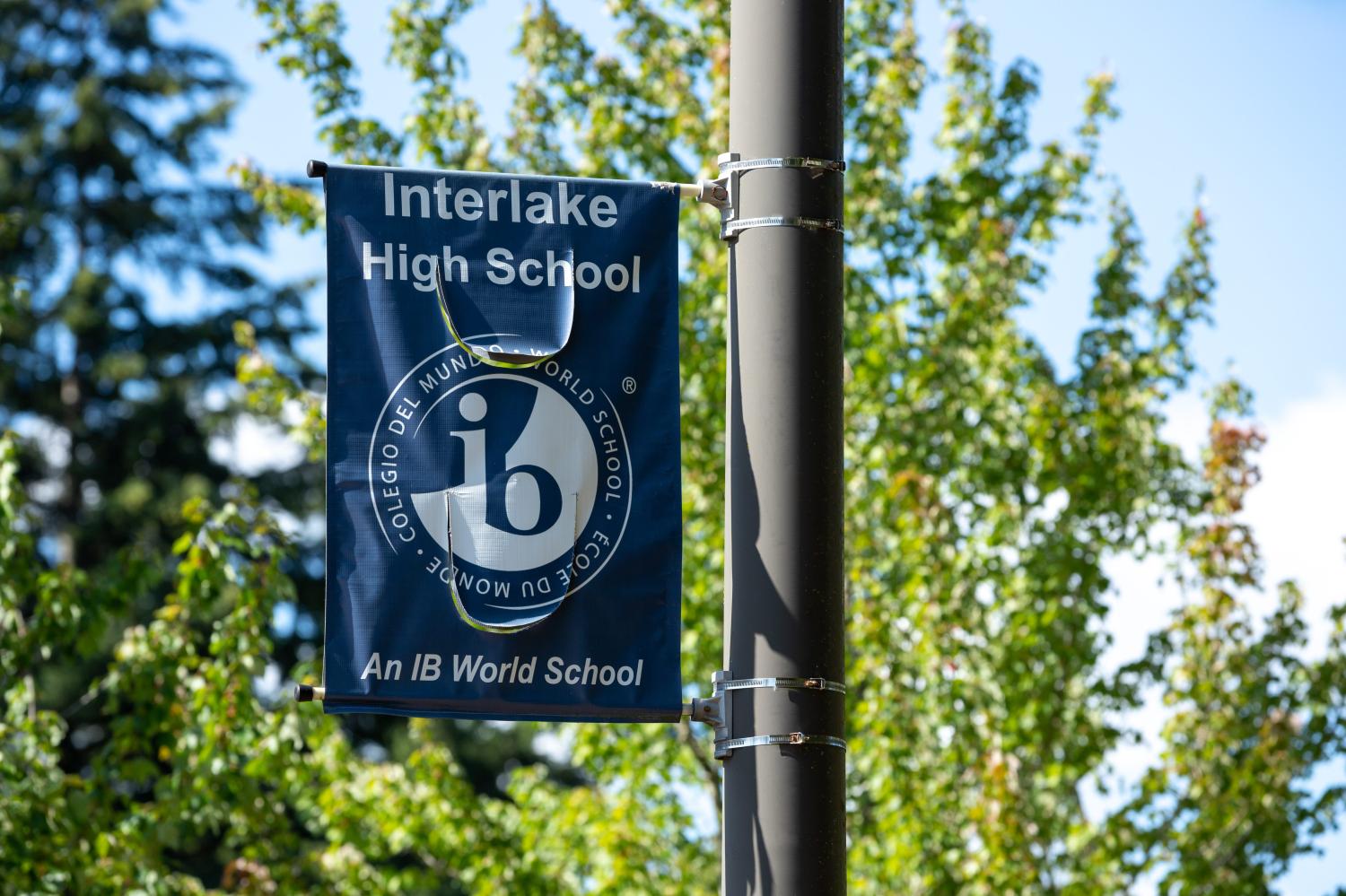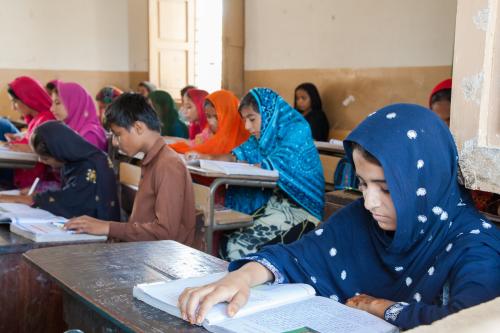The International Baccalaureate Organization (IBO) is a system of organizations—some of which operate at the global level (e.g., IB Global Centre, The Hague), and some of which are more informal and regional (e.g., Mid-Atlantic Association of IB World Schools).1 As such, IB functions as a networked education system (Peurach et al., 2019) in that IB system hubs collaborate with each other and with IB schools to continually improve instruction, simultaneously promoting fidelity to key IB tenets while also permitting local adaptation. IB also functions as a hybrid system (e.g., Spillane et al., 2019); from its beginning, IB has operated as a private sector educational system that seeks to organize and improve instruction, but it partners with both public and private school systems to do so.
The IB system endeavors to promote both challenging academic instruction and more holistic aims—namely, intercultural understanding and respect. While this balancing act between academic rigor and more holistic aims remains constant as IB students move from pre-K to grade 12, the ratio between these two aims varies over time. Indeed, one way the IB system managed this tension was to develop the more holistically-focused Primary Years Programme (PYP) (ages 3-12) as a precursor to its more academically-focused Diploma Programme (ages 15-18). Philosophically, the IB system aims to create a more peaceful world through education, and by way of increased respect for children. Pedagogically, the IB system advances a form of instruction that is challenging, transdisciplinary, and inquiry- and concept-based.
Throughout its history, the IB system has managed at least three ongoing tensions, which stem from its multifaceted aims and which the system has evolved to manage. These three tensions are between: 1) academic rigor and equitable access; 2) more traditional academic achievement and more holistic teaching and learning; and 3) providing supports to schools and teachers to promote fidelity of implementation and also permitting practitioners enough discretion for local adaptation. These tensions are especially apparent at three points in time throughout the IB system’s reform journey: when IB began in the 1960s, when the Primary Years Programme was created in 1997, and when the PYP was enhanced in 2018.
Distinguishing characteristics of the IB system
From its onset, the IB system could be characterized as both an open system and a learning system. These characteristics are made apparent, and are facilitated by, some of the IB system’s defining features. The focus of this brief is on the PYP, but the IB system also offers three other programs: 1) the Diploma Programme (ages 15-18); 2) the Middle Years Programme (ages 11-14); and 3) the Career-Related Programme (ages 15-18). Across these four programs, the IB system cultivates internationally-minded students by encouraging teachers to continually and authentically bring the outside world into the classroom. Because IB endeavors to connect classroom learning to the broader world and because it has schools across the globe, the system has an open stance toward its broader environment. One chief way the IB system adapts to myriad national contexts is through its robust educational infrastructure, which balances providing guidance to teachers and schools that foster the system’s desired outcomes while leaving space for local agency and adaptation. IB’s educational infrastructure is not prescriptive; rather, the system guides teaching and learning by way of instructional frameworks, planners, and desired outcomes, which can be filled in with local context, culture, and criteria. IB’s educational infrastructure permits it to function as a learning system as well as an open system; supports like the IB educator network (IBEN), an online platform, and standards and processes for ongoing verification visits all facilitate the cross-pollination of ideas and promote continual improvement and capacity building.
Interactions between system and practice
When a school decides to offer the PYP to its students, it must undergo—and pay for—a lengthy authorization process, which requires buy-in and input from its varied stakeholders. This process helps to transform the instruction, organization, and culture of the school—all in an effort to work toward more holistic student outcomes and, as part of that, to connect children to their broader world. Instructionally, IB teachers shift toward more conceptual- and inquiry-based instruction and function more as facilitators and provocateurs as students cycle through inquiry, action, and reflection. Organizationally, the IB system guides both teachers and students to relate to one another more collaboratively. Finally, schools undergo a cultural change when implementing the PYP, promoting international mindedness, a culture of ongoing assessment and reflection, and a series of holistic attitudes (e.g., being principled, open-minded, and balanced). Even as the IB system endeavors to impact nearly all facets of classroom life, there is room for adaptation at every level as students, teachers, and schools undergo the changes required by the IB system.
|
The summary report “Transforming education for holistic student development: Learning from education system re(building) around the world” lays out 10 key lessons for transforming education systems, which are all exemplified in this case study. In particular, this case study highlights the need to:
1. Engage the perceived tensions between equity and rigor in deliberation about holistic development.
2. Design educational infrastructure to support new visions for instruction, and mobilize this infrastructure to support instructional improvement.
3. Balance common systemwide conventions with the need for local discretion to promote and encourage reform. |
Considerations for policy
When designing a reform or system oriented around the whole child, policymakers may benefit from addressing:
- the types of tensions the IB system has had to manage as it spreads across multiple, national contexts (i.e., managing fidelity and adaptability; demanding rigor while supporting equitable access; and leaving space for traditional academic achievement while supporting teachers’ and students’ efforts toward more holistic outcomes); and
- the types of supports the IB system offers to teachers and schools—namely, a robust educational infrastructure that is more skeletal in nature—as a transnational program is adapted to its local context and culture.
Download the full case study».
-
Footnotes
- This case study is a companion to “Transforming education for holistic student development: Learning from education system (re)building around the world” (Datnow et al., 2022), a summary report that explores the work of building and rebuilding education systems to support holistic student development in six education systems in Singapore, Ireland, Chile, Canada, India, and the United States and in one cross-national system (the International Baccalaureate). While different in many ways, the seven systems bear remarkable similarities in their efforts to (re)build education systems—each is working in policy contexts pressing for academic quality and equity, while also facing additional incentives to support holistic student development.






